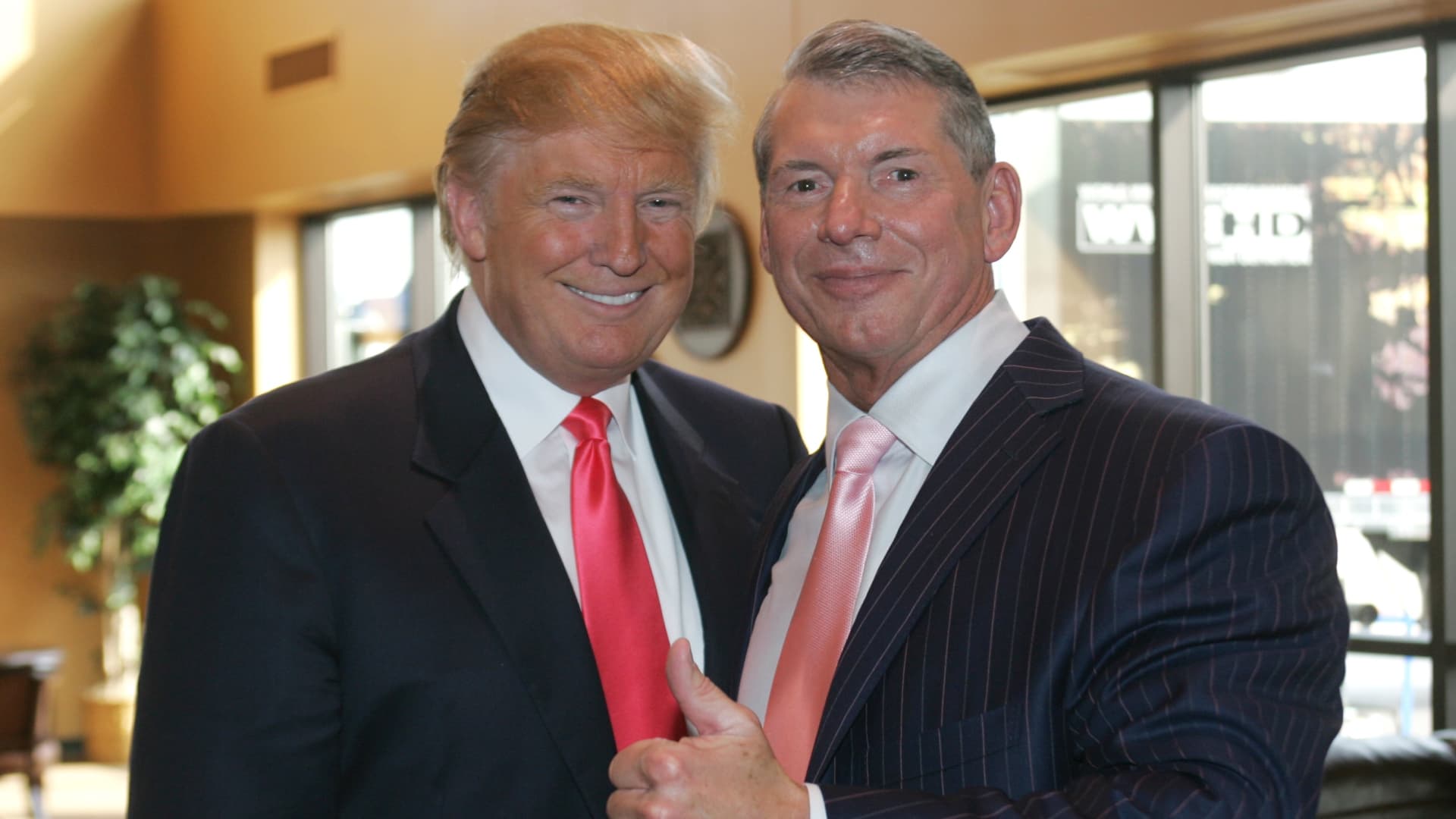Unicorn-Entrepreneurship: 8 Lessons From Melanie Perkins Of Canva

Melanie Perkins of Canva. (Photo By Eóin Noonan/Sportsfile for Web Summit via Getty Images)
Unicorn-Entrepreneur Melanie Perkins co-founded Canva and built it to a “real” unicorn, i.e., a company with more than $1 billion in valuation and sales, rather than just valuation like a VC-unicorns. VC-unicorns are valued at $1 billion+ but may have chimeric value because they often have minimal sales.
Here are the unicorn strategies (for more see Nothing Ventured Everything Gained at www.dileeprao.com) used by Perkins:
· Emerging Trend is Key. Most Unicorn-Entrepreneurs pivot to an emerging trend (like Sam Walton of Walmart) or launch their ventures on an emerging trend – before the industry and the market takes off. Perkins did the same. She used the Internet and the online design trend.
· Smart Pivot. Perkins first started Canva in 2011 serving the yearbook market. In 2013, she switched to the far larger, all-online design market that allowed the company to expand globally more easily than a physical product would have. Canva also started with a “freemium” product at the start and then expanded to paid users after the company started to take off.
· Right Segment. Perkins focused on design skills for the average user unlike many of her competitors who were serving sophisticated designers. This gave her a much larger market in which to grow.
· Smart Growth Rate. Canva grew at a rate that allowed her to dominate the industry while earning a positive cash flow. Perkins avoided growing too fast to reduce mistakes.
· Use VC-as-a-Tool and Keep Control. Perkins bootstrapped in Fusion Books, her first venture, and built it without VC. When she pivoted to Canva, she used finance-smart skills and grew with cash flow and VC-as-a-tool to reduce dilution and to keep more of the wealth she created.
· Delay VC or Avoid It: VCs finance after Aha, i.e., after evidence of potential. Instead of seeking VC after product Aha or strategy Aha and losing control of her venture, Perkins got VC after leadership Aha, stayed on as CEO and kept control. By waiting until she had already built Fusion Books and building it to about 400 customers, she proved her startup and launch skills, and her leadership abilities. By initially getting funding from regional VCs and not from the powerhouse VCs of Silicon Valley, she stayed in control of her venture and was not replaced by a professional CEO.
· Continuous Improvement. Perkins led the ongoing evolution and improvement of Canva starting with internationalization (2016), rewriting of the code for faster improvement (2017), video editing (2021), and paid customers, including corporate users.
· Right Skills. Perkins was a designer, and taught design, in the emerging field of social media. This is one of the key rules for unicorn-entrepreneurship – learn the key skills to be able to launch in a new industry.
MY TAKE: Melanie Perkins is a Late-VC Unicorn-Entrepreneur, the largest group of VC-using Unicorn-Entrepreneurs. This means that she got VC from venture capitalists who did not demand that she step down as CEO in favor of a professional CEO because she had already built a foundation that proved to investors that she had skills, and that her strategy had potential. By controlling Canva, she was able to use her vision and skills to lead it and build it into a unicorn.
World News || Latest News || U.S. News
Source link



